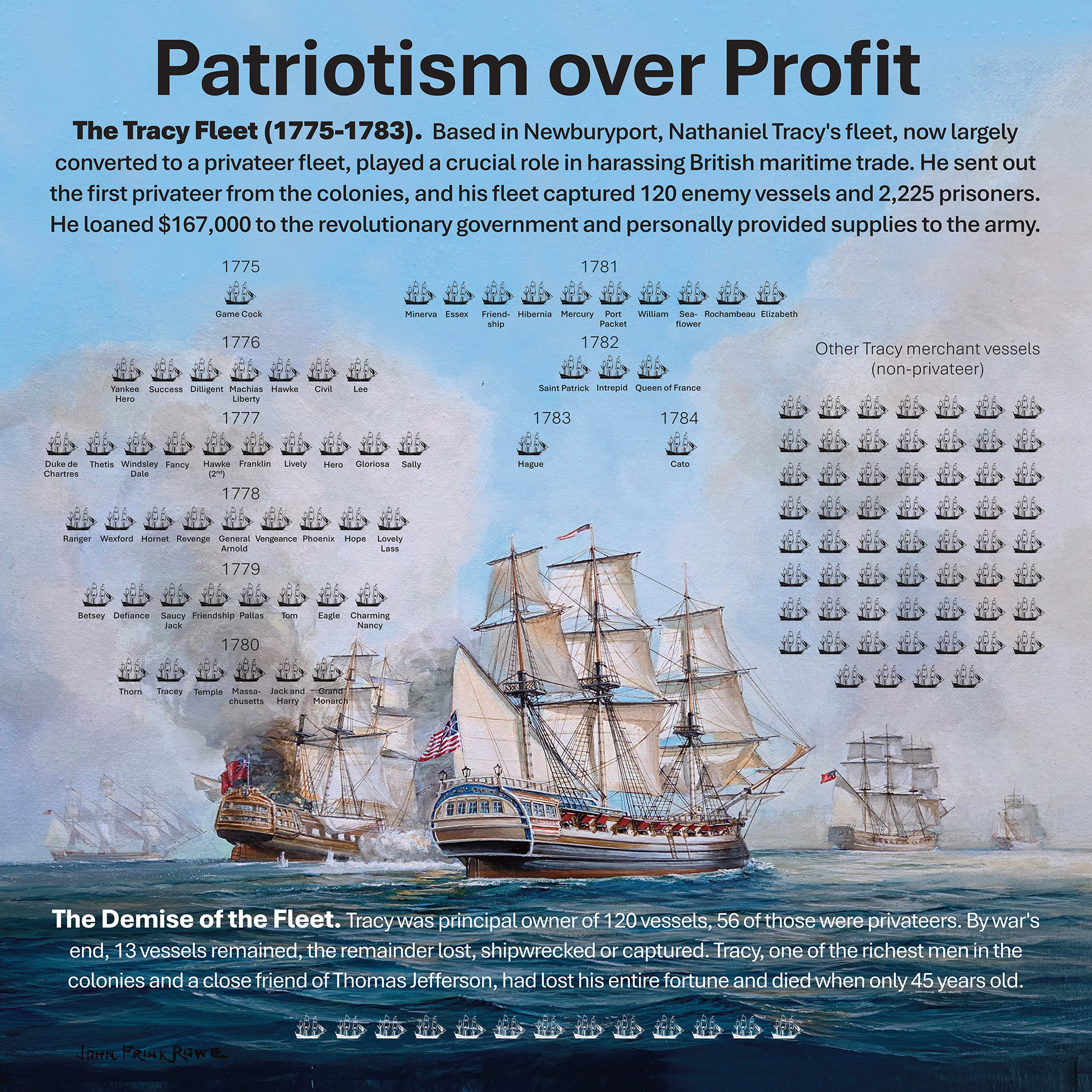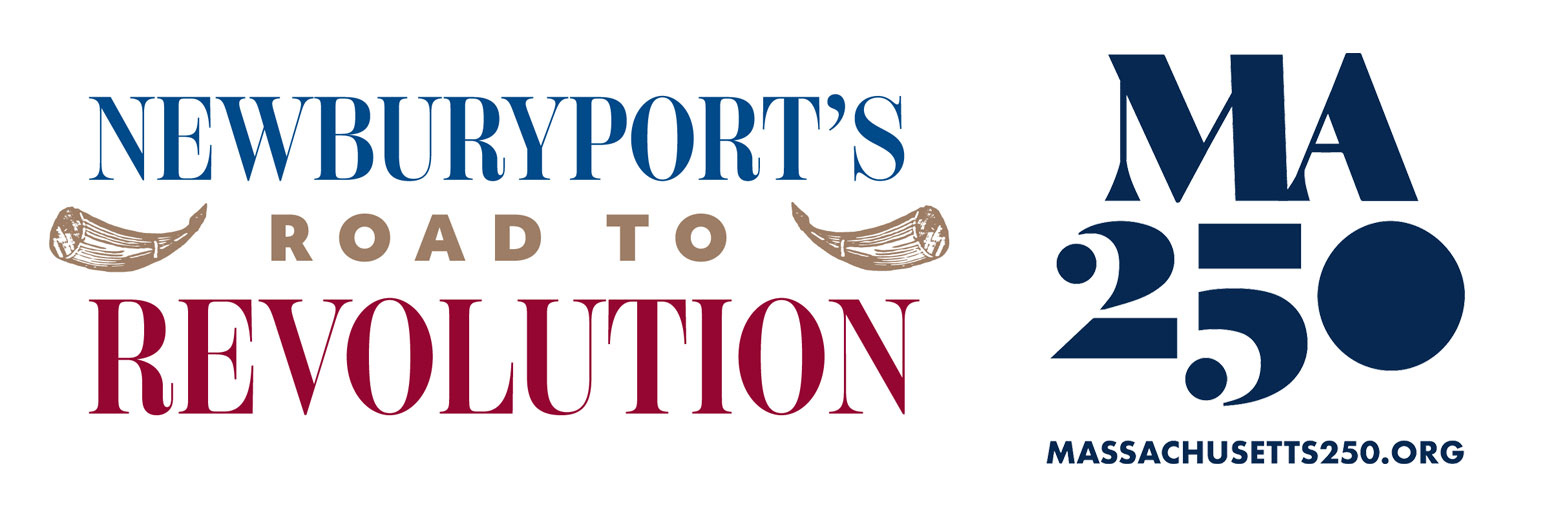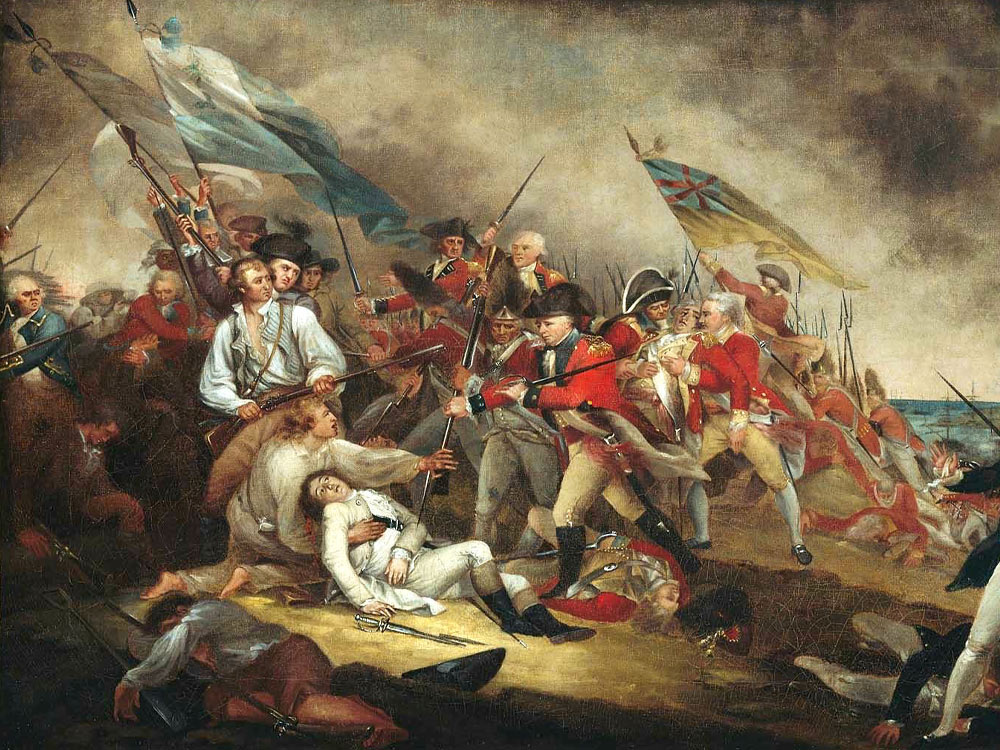
Patrick Tracy – Orphaned at an early age, Patrick’s guardian, according to family tradition, robbed him of his estate and in 1730, at 19, he sailed from Ireland to Boston. Settling in Newbury around 1737, Patrick became a mariner and learned navigation on several trips to the West Indies. This allowed him to become a master mariner and set up his own merchant business. On June 10th, 1763, Patrick was one of five signers of a petition to the General Court, on behalf of 200 Newbury “water side people” to incorporate their own town. It was granted the following year, and on February 8th, 1764, Patrick was made an officer of the new town – Newburyport. By 1774, Patrick was a justice of the peace, active in the local Committee of Safety, owner of many privateers, and an ardent supporter of the Revolution, as was most of his family.

Nathaniel Tracy – The eldest son of Patrick and his second wife Hannah (Gookin), Nathaniel was born to the merchant trade. A graduate of Boston Latin School and Harvard University, by 1772 Nathaniel, his brother John, and brother-in-law Jonathan had opened their own mercantile operation: Jackson, Tracy, and Tracy. In 1775, Nathaniel married Mary Lee, and his father Patrick built a brick mansion on State Street as a wedding gift – today’s public library building. Jackson, Tracy, and Tracy initially enjoyed great success, and when hostilities arose, the firm outfitted the first privateer of the Revolution – either the Game Cock in August 1775, or the Yankee Hero in January 1776.
At the height of his enterprise, he held direct ownership in approximately 24 privateers and partial ownership in 32 others. Including merchant vessels, his maritime interests extended to between 70 and 120 ships over the course of the war.
Tracy’s fleet captured over 120 British vessels, causing an estimated $3 million in losses to Britain’s wartime economy. Many of these ships were sold as prizes, while others—those that were seaworthy and strategically valuable—were refitted, renamed, and commissioned as American privateers. Though exact figures are lost to history, it is estimated that 10 to 25 of Tracy’s captured ships were repurposed in this way.
Operating from Newburyport, Tracy leveraged both local infrastructure and his substantial fortune to maintain one of the most aggressive privateering networks in the colonies. His financial risk-taking helped supply the Continental Army and support the war effort when the fledgling government lacked sufficient resources. He personally loaned $167,000 to the Revolutionary cause and furnished military supplies at his own expense.
Despite his success at sea, the end of the war brought financial ruin. A postwar economic depression, widespread defaults on debts, and the collapse of Continental currency wiped out much of Tracy’s wealth. Of his once-grand fleet, only 13 ships remained by war’s end. The rest had been captured, sunk, or wrecked. His investments, once the foundation of his fortune, became a source of staggering loss.
By the 1790s, Nathaniel liquidated his many properties to settle his debts over the next few years, including the State Street mansion. He and his family retired to the Spencer-Peirce-Little farm in Newbury, which his father Patrick had secured for them, where he died at age 45, in 1796.
Tracy’s story is a testament to both the bold entrepreneurial spirit of the Revolutionary era and the volatility faced by those who risked everything for independence. From meteoric rise to tragic downfall, his life encapsulates the promise—and peril—of privateering in a time of war.

Special Thanks to:


Plan Your Visit
Plan Your Visit
- Museum Hours
Sunday: 12 pm - 5 pm
Closed Monday
- Tickets
Free for NBPT residents, kids under 12, and museum members
Cost of admission includes access to the Discovery Center.
- Parking
City parking is available adjacent to the museum. View parking lot directions.

